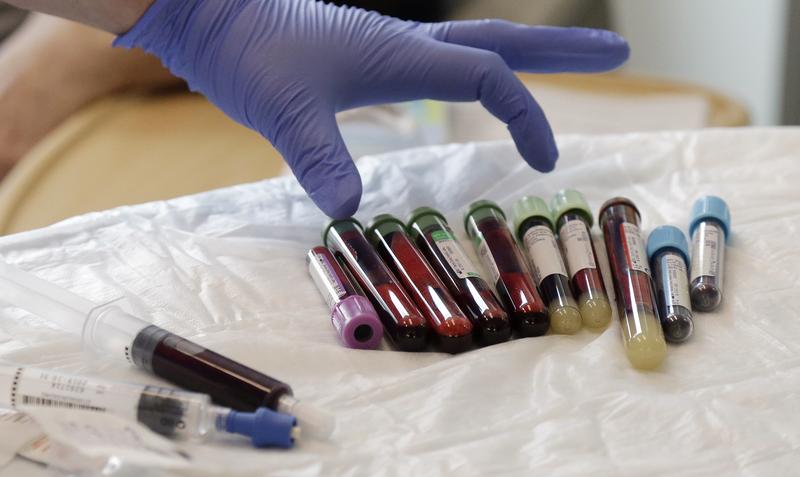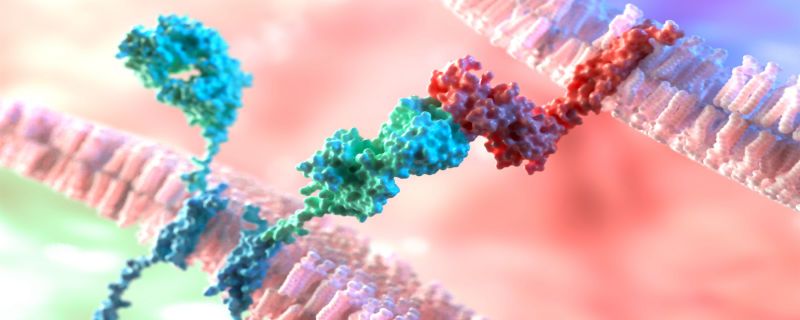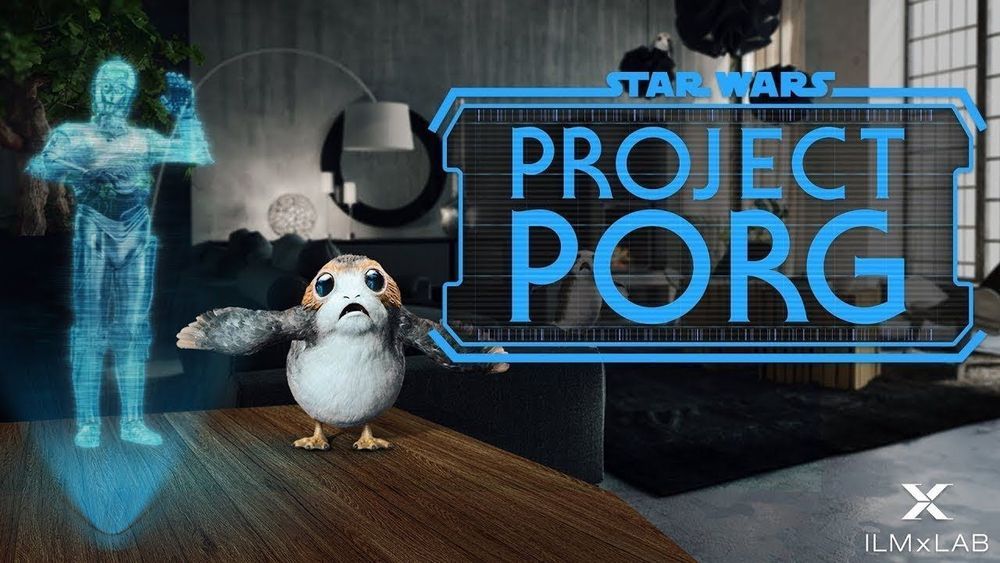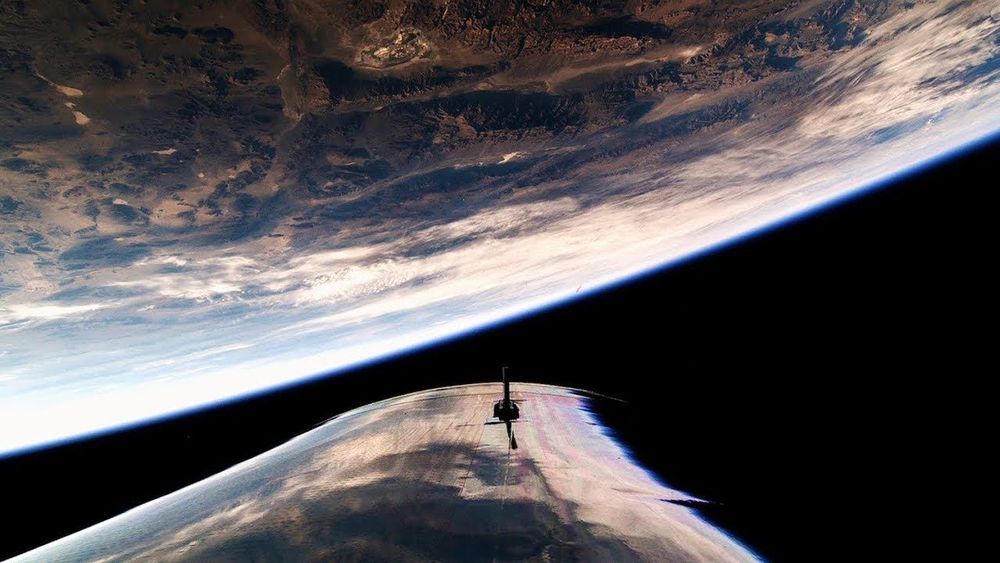An astrophysicist involved with the research said he was “very surprised.”



You’d think that the world’s biggest bee would be hard to lose track of. But Wallace’s Giant Bee — an Indonesian species with a 2.5-inch (6.4 centimeters) wingspan and enormous mandibles — was last seen by researchers in 1981; it was feared to be extinct. However, scientists finally spotted the rare bee in January, in the Indonesian province of North Maluku on the Maluku Islands. They detected a solitary female bee after investigating the region for five days, and a photographer captured the first-ever images of a living Wallace’s Giant Bee (Megachile pluto) at the insect’s nest in an active termite mound.
Wallace’s Giant Bee — the largest bee on Earth — hasn’t been seen for decades. However, scientists recently tracked it down on an island in Indonesia.

An immune checkpoint molecule, SA-4-1BB developed for cancer immunotherapy also protects against future development of multiple types of cancer when administered by itself, shows a new study.
The recombinant protein molecule SA-4-1BBL has been used to enhance the therapeutic efficacy of cancer vaccines with success in pre-clinical animal models.


We have come to the point where we need an Alt Min Corporate Tax. It is time to take away the Welfare Payments that these parasite Corporations receive.
Jeff Bezos of Amazon has found a way to not paying Corporate taxes for the 2nd year in a row.
This simple fact says a lot about the kind of person that Jeff Bezos is and the Corporate Culture of Amazon. The reality that Jeff Bezos and Amazon believes that they do not have to contribute to the well being of America is the most important items for this individual and corporate entity. This screams volumes of the corporate responsibility culture that most corporations have for America.





Eight-year-old George Madden is wandering the “Moving Beyond Earth” gallery of the Smithsonian’s National Air and Space Museum on a blustery day in February. Clad in an orange spacesuit, he is examining the artifacts—the main engine from the Space Shuttle, flight suits, a rotating chair from a 1992 Spacelab mission—and lingering near a display about space travel. He gazes up at words printed in large white text on the wall: “When I grow up, I want to be an astronaut.”
His father, 52-year-old Michael Madden, will soon make history as one of the first 1,000 people to travel to space. Madden is a paid customer of Virgin Galactic, one of six “future astronauts” in the crowd who will be among the first wave of passengers to be carried into space by SpaceShipTwo when the company begins its commercial flights, maybe as soon as before the end of the year. Madden and his son, along with other space aficionados, are in the museum for a donation ceremony. Sir Richard Branson, founder of the Virgin Group, and Enrico Palermo, president of the Spaceship Company, are turning over the hybrid engine that powered Virgin Galactic’s SpaceShipTwo, VSS Unity, on its first space flight on December 13, 2018.
The crowd hushes as Ellen Stofan, the director of the museum, steps to the podium. “SpaceShipTwo’s rocket motor is an exciting addition to the national collection of milestone spaceflight artifacts,” she says. “It is a unique piece of history that represents a new era in space travel and is sure to inspire the next generation of innovators and explorers.”